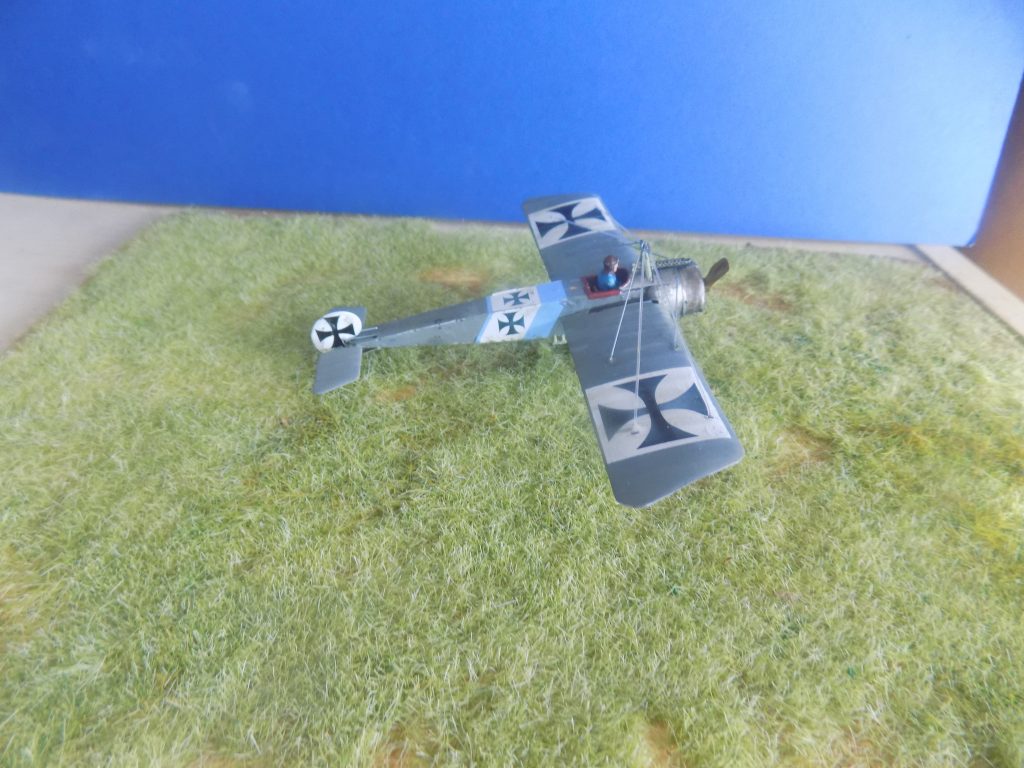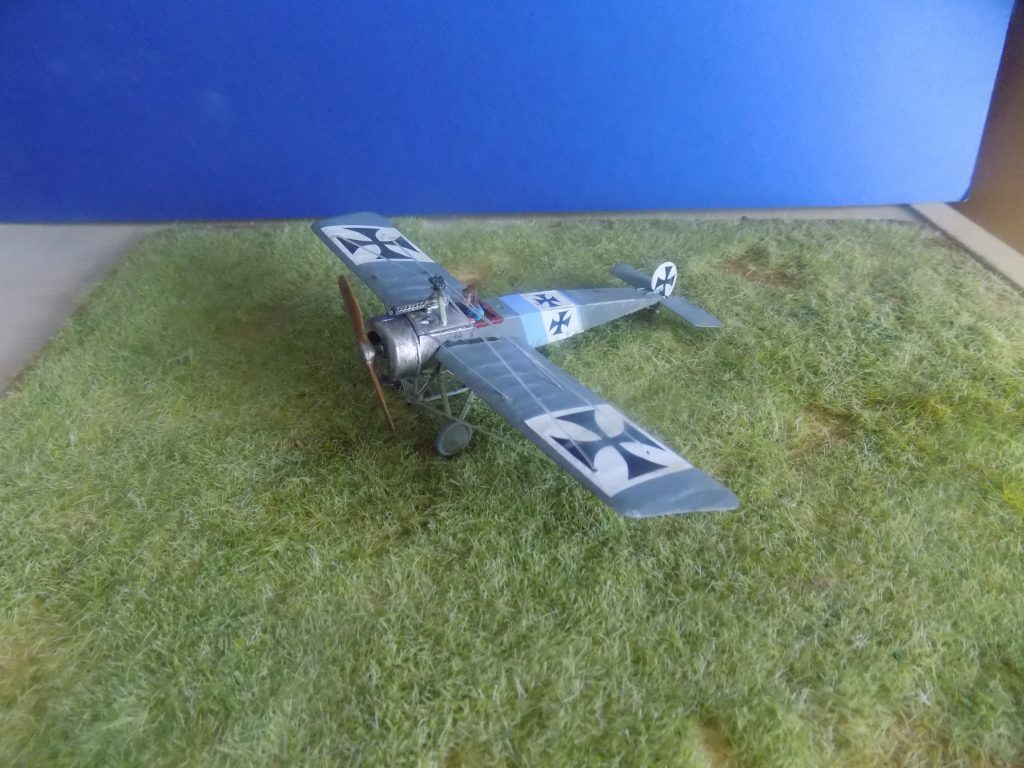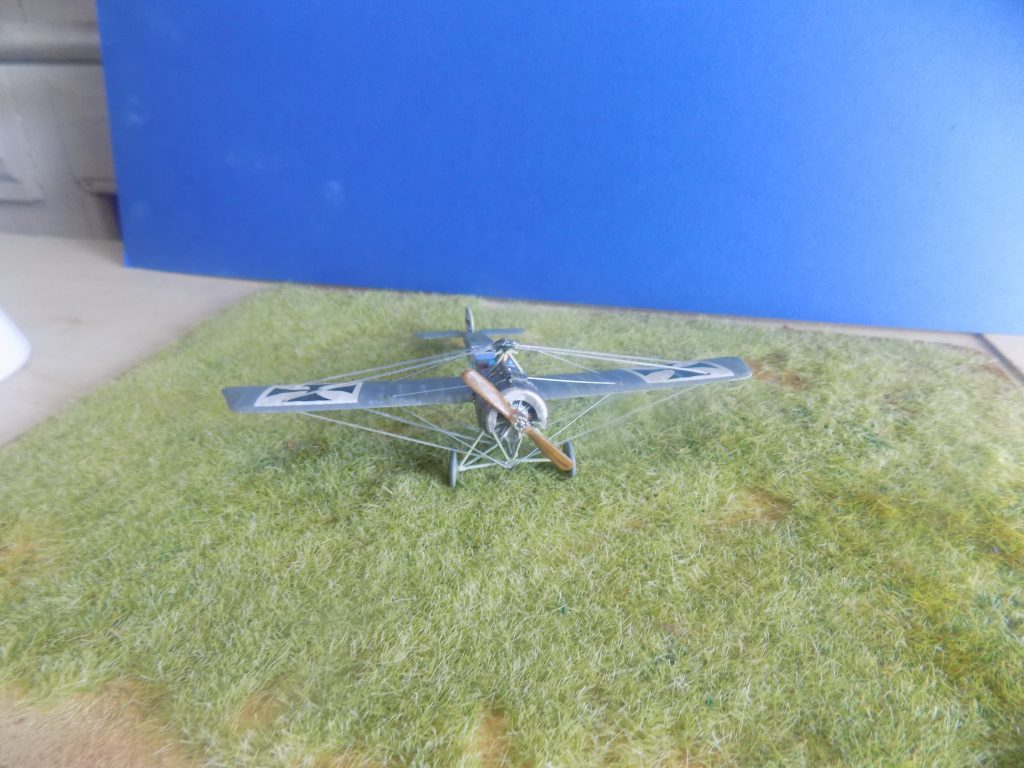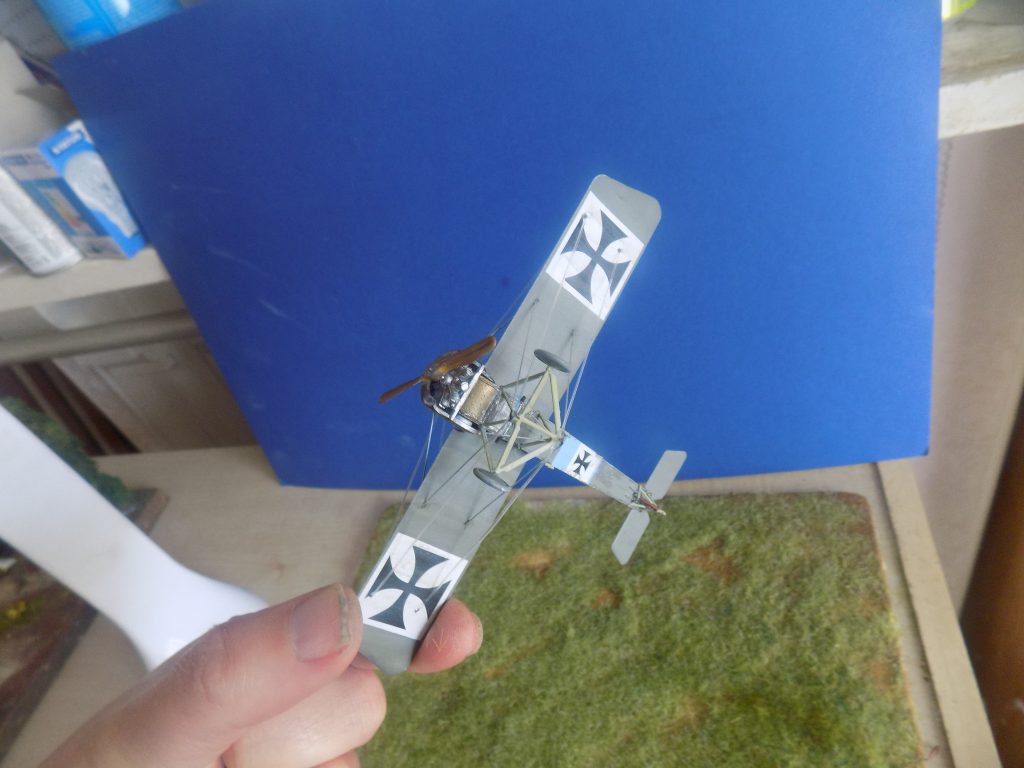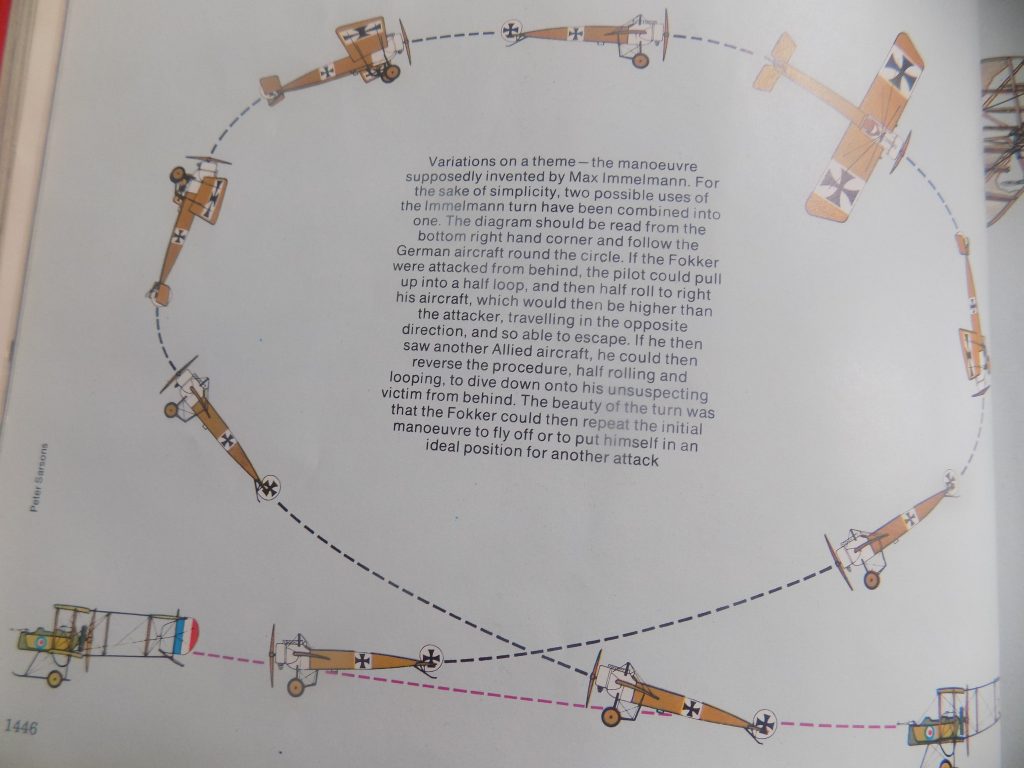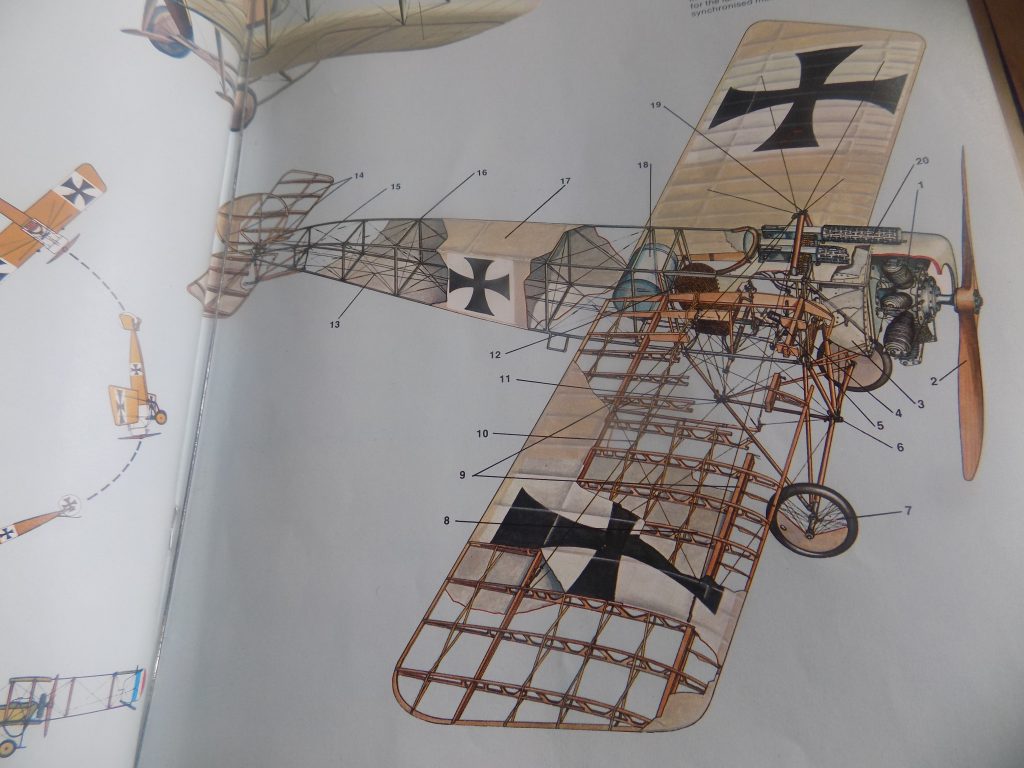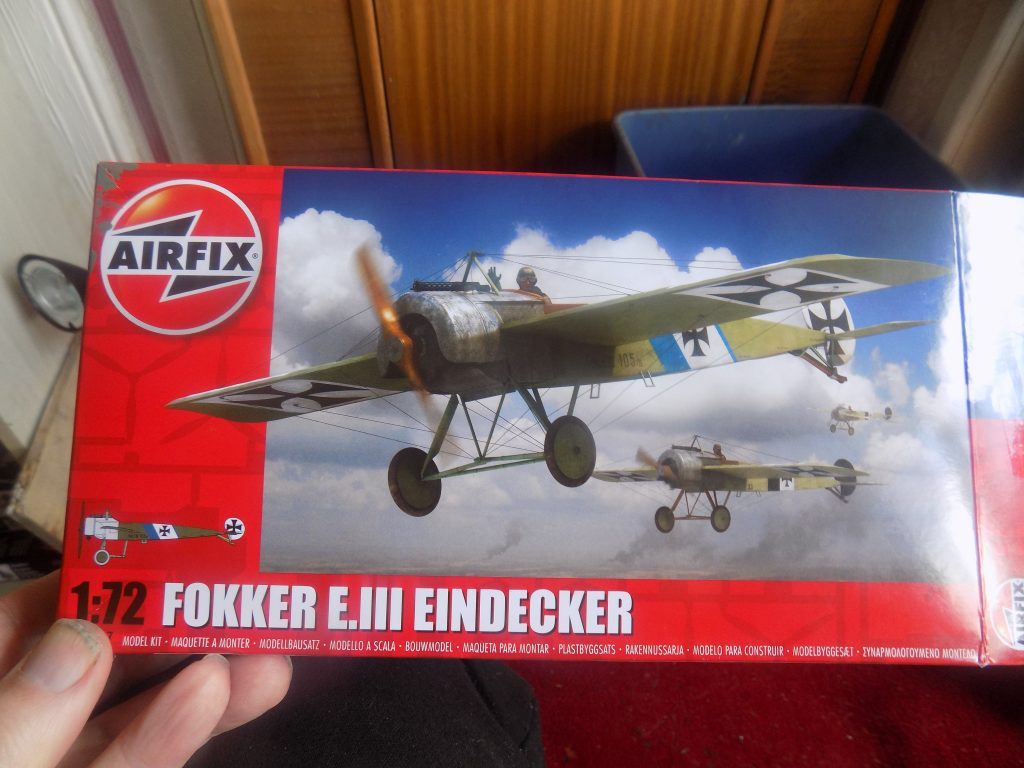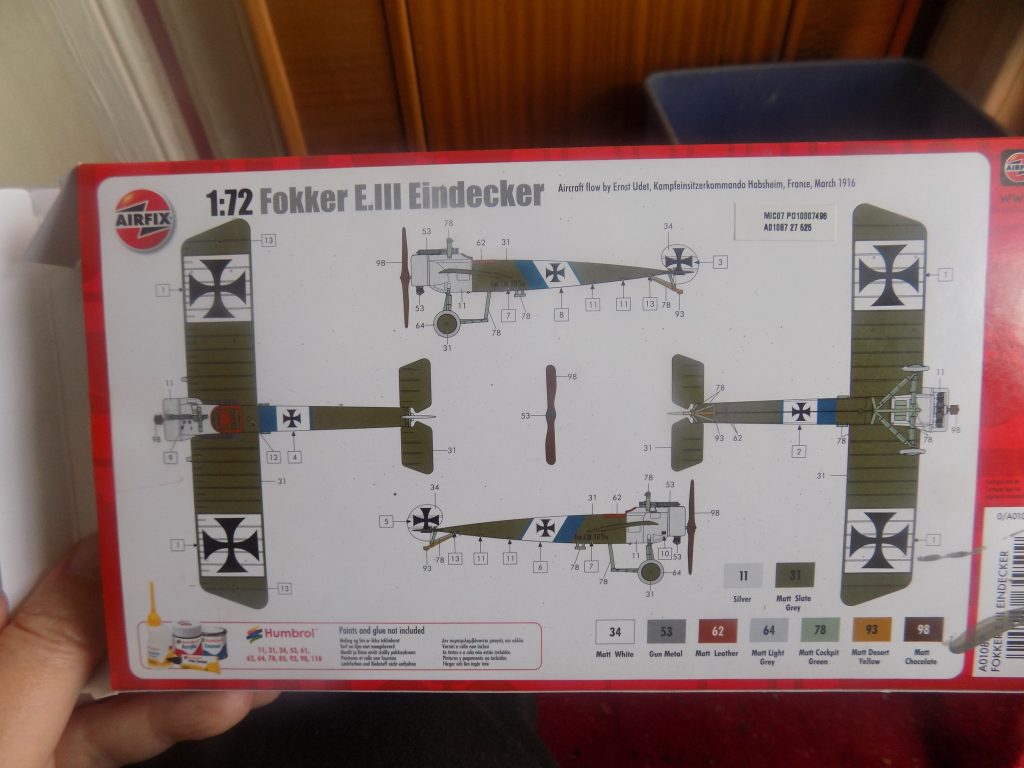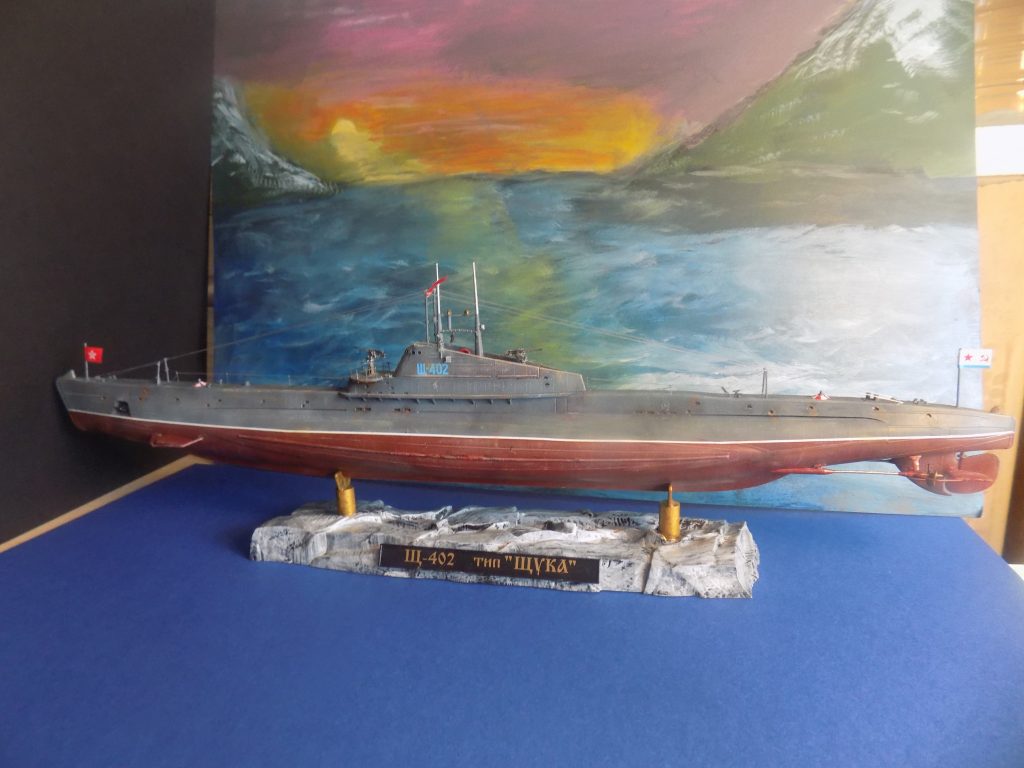
This is a very rare venture for me into the world of nautical modelling but when I saw this recent release by Zvezda, I knew straightaway I wanted to make it! Besides, it makes for a refreshing change from the usual aircraft and tanks and a chance to try out a different style of weathering. Overall, I was very impressed with the fine detail and quality of this offering by Zvezda.
According to Zvezda:’ The Shch-402 was part of the most numerous class of medium sized Soviet X-type submarines during WW2 called ‘Schuka’ (‘Pike’ the name of the fish in Russian). With a length of 57m, it featured improved underwater streaming and increased surface speed. Built in Leningrad, after crossing the White-Sea Baltic canal in 1937, it joined the submarine division of the Northern Fleet. During WW2 it participated in 16 raids, commanded by the captains N.G. Stolbov and A.M. Kautsky. In 1942 it was awarded the Order of the Red Banner of Battle, and in 1943 the rank of Guards. Shch 402 disappeared without trace in a military campaign, presumably sunk in a minefield off the coast of Norway at the end of September 1944′.
However, according to one Russian source I came across on the net, it is believed she was sunk by one of their own Soviet aircraft!
The build was quite straightforward with very little in the way of interior detail apart from some bulkheads. However, there were quite a lot of tiny parts on the exterior which required a lot of concentration and patience to affix. I noticed that the submarine depicted on the box top has certain details lacking in the model such as hand rails and a railing around the forward gun. I decided to add these details myself using ultra fine photo-etch wire and thin elastic thread. The kit comes with a long piece of ‘string’ to make the rigging but its well out of scale and not much use so into the spares box it goes!

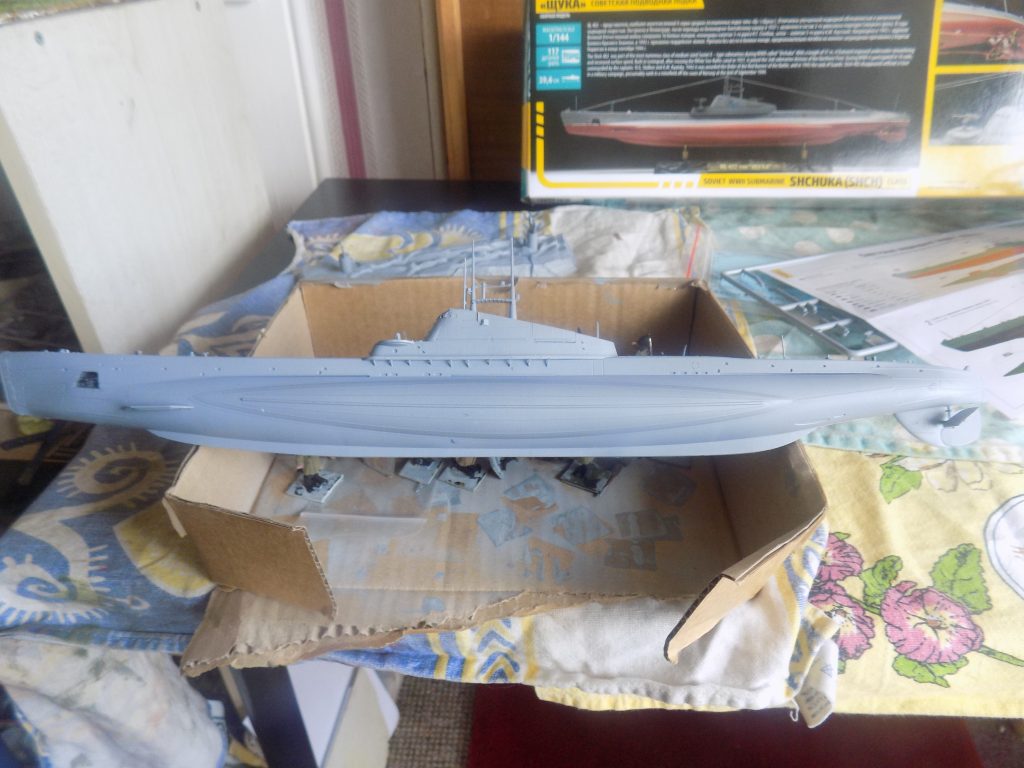
There are four attractive schemes for this sub and I have to be honest I was rather torn between all of them! The Black Sea boat with green hull looked very appealing but in the end I opted for the red hull instead.
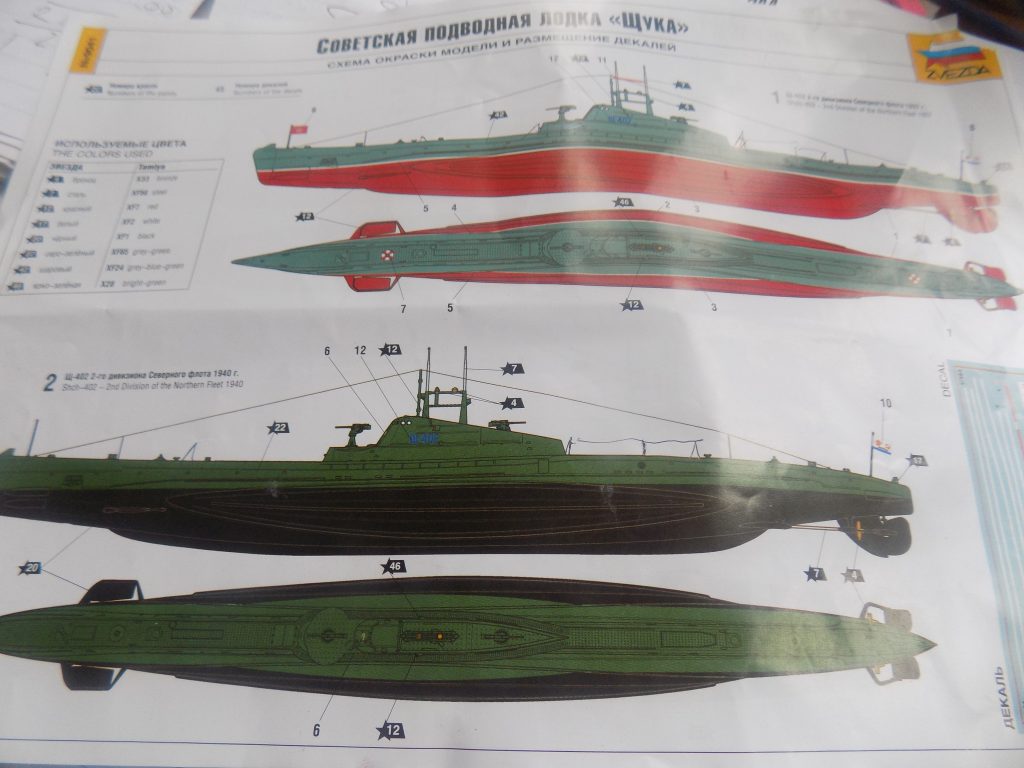
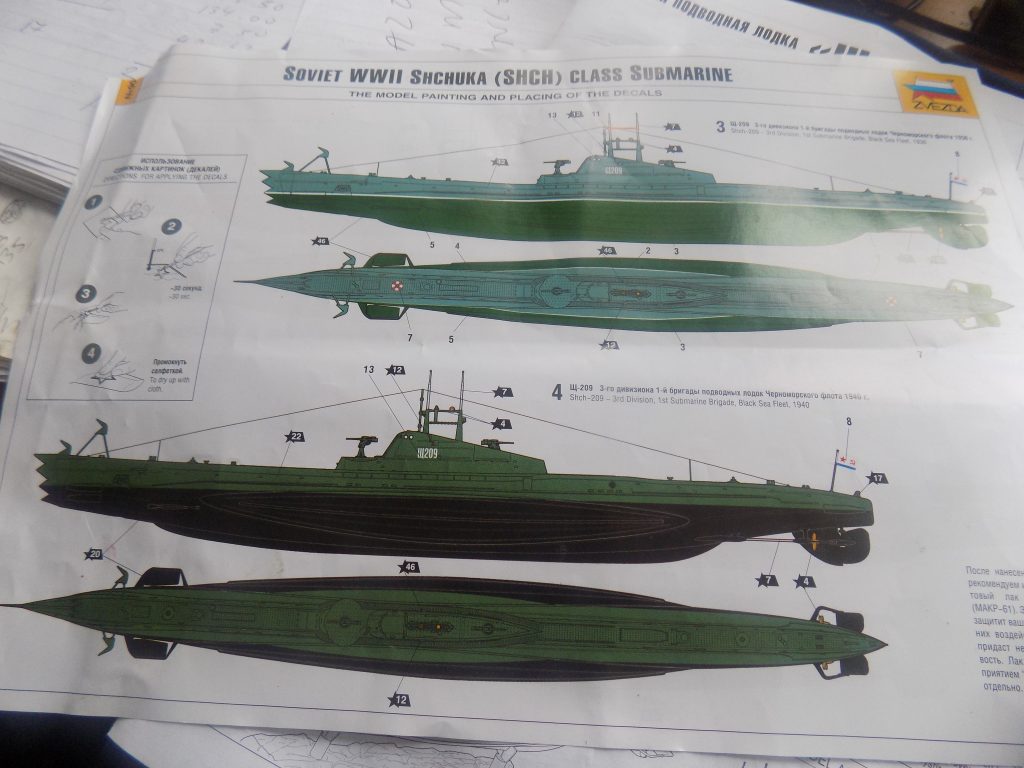
In its naval aspects, Stalin’s Five-year plans during the 1920s and 1930s laid the foundations for a modern shipbuilding industry and also envisioned a new navy, to be created as rapidly as the expanding industrial base would permit:
‘By far the greatest attention was given to submarines. As late as 1933 League of Nations sources credited the Red Navy with no more than 16 submarines. This number may have been too small. It is certain that thereafter the undersea fleet increased in numbers very rapidly, to the point where the Red Navy with an estimated 175 submarines in 1940 was regarded as numerically the strongest in the world.
As to quality of construction, the Soviet Union could make no such impressive claims to progress. The first new submarines were coastal-defence craft of about 215 tons, with very limited cruising radius and offensive capability. Further, they failed to give good service within these limitations. The next group of boats, built from 1934 to 1940 and intended for somewhat wider activities, were of the Shch class-about 500 tons with six 21-inch torpedo tubes and 13 knots surface speed. There was also a larger (800 to 1000-ton) class which resembled British submarines of the same size, in addition to World War 1 vintage boats ranging from 350 to 650 tons and a few of miscellaneous types. The latter included a small number of 1,200 boats of the Pravda class, and some of the 650-ton Nelim class, laid down in 1937′.
From: ‘A History of Russian and Soviet sea power’ by Donald W. Mitchell 1974.
During the war, the Soviet subs sustained very heavy losses, especially to mines.
The naval campaign was very closely related to the one on land and the Soviets conducted a very active war of attrition both in the Baltic and Black seas (the Pacific region was relatively quiescent due to the treaty with Japan).
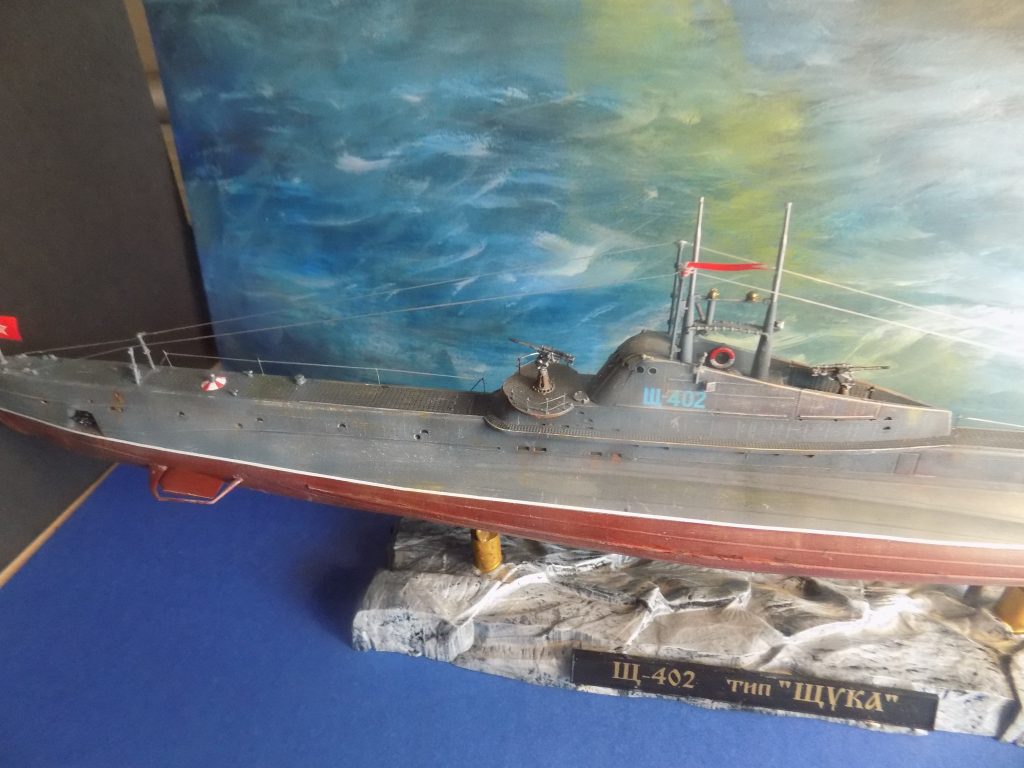
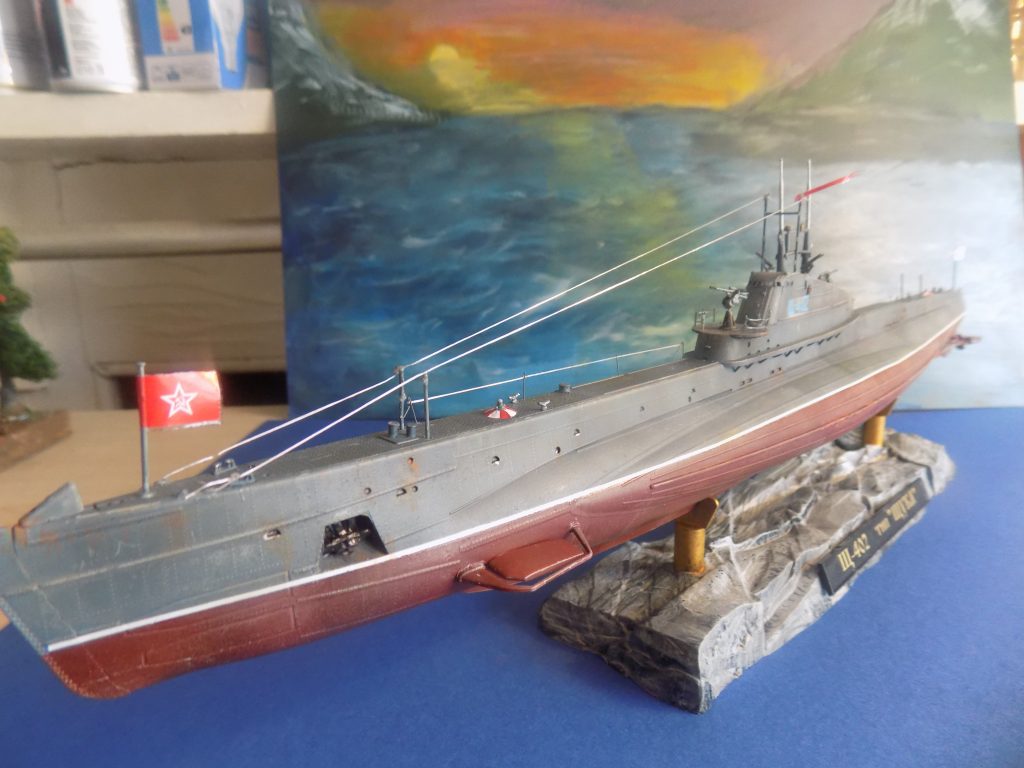
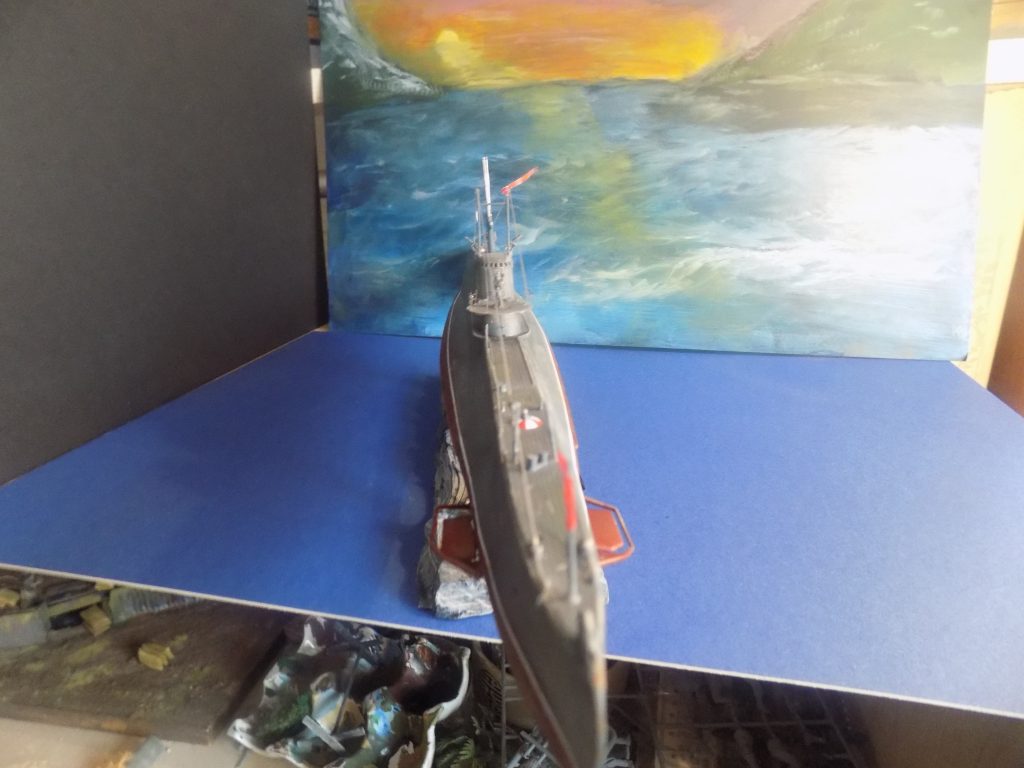
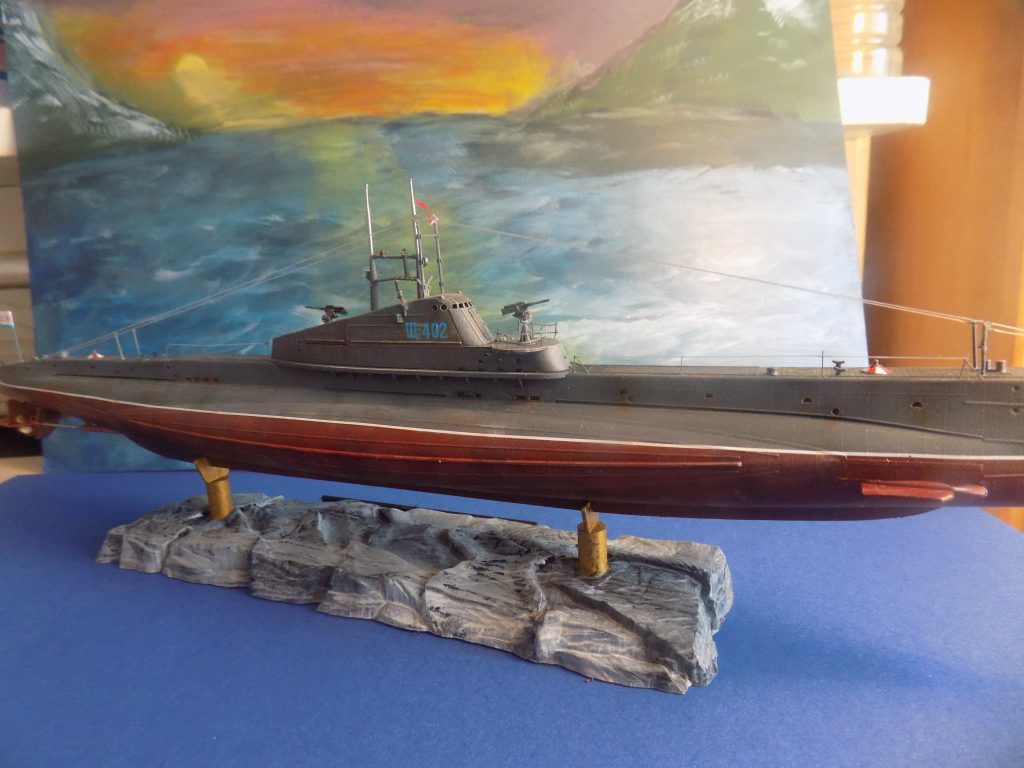
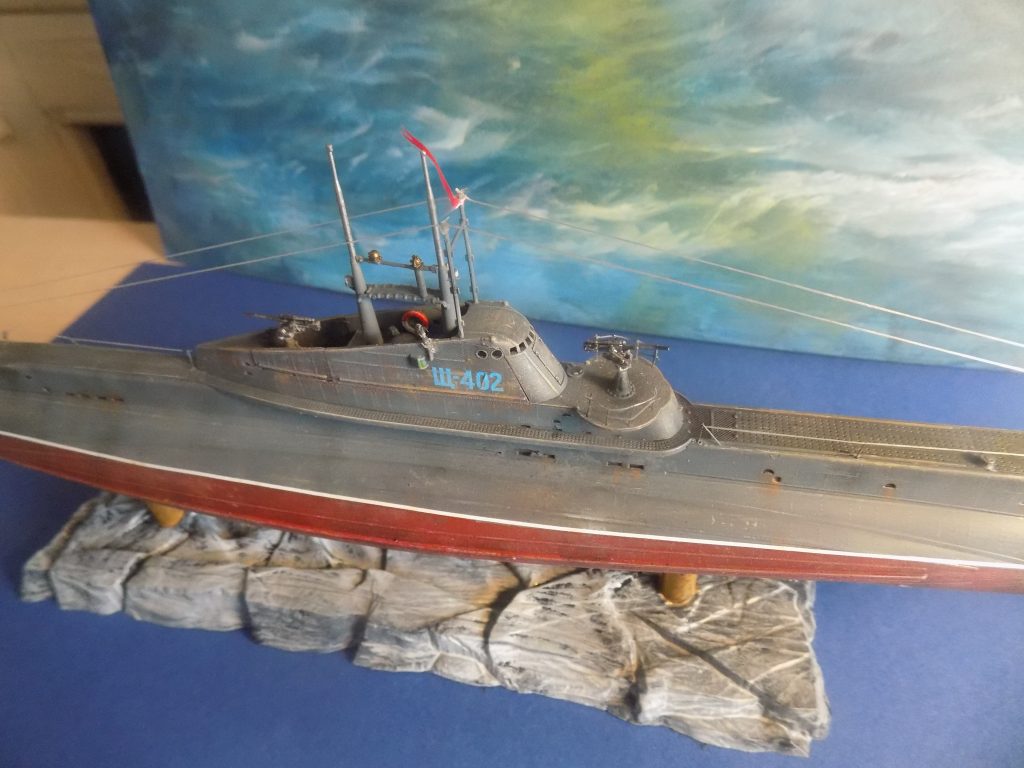
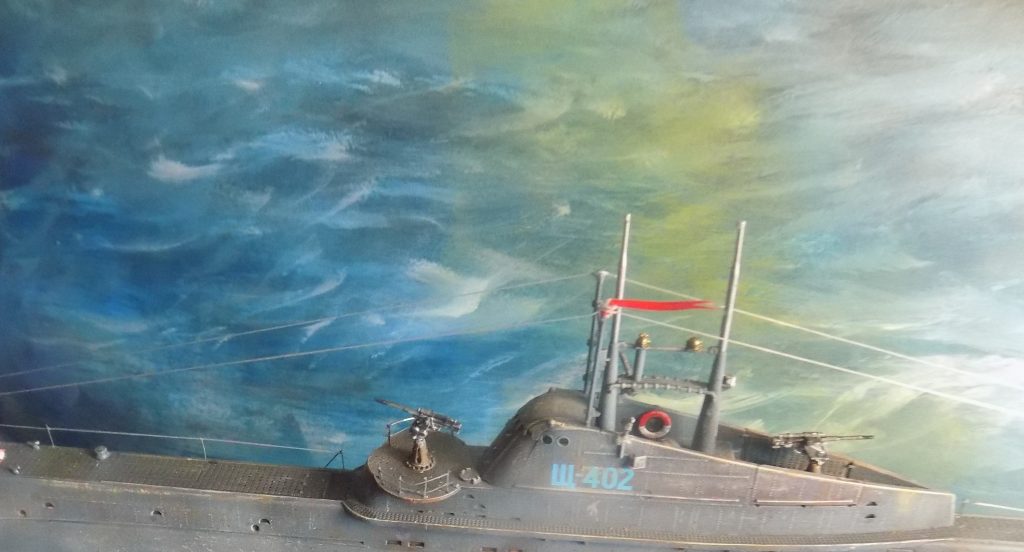
A bit of computer magic!
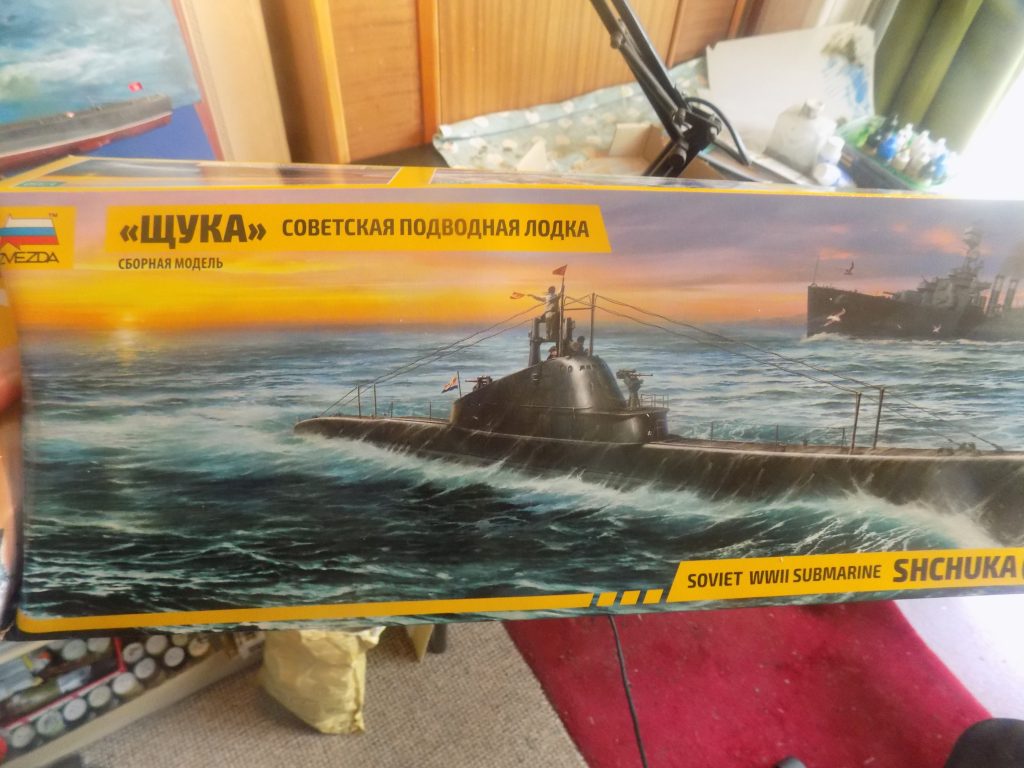
http://xn--80acamdb4alxekh1mf.xn--p1ai/ships/142/
